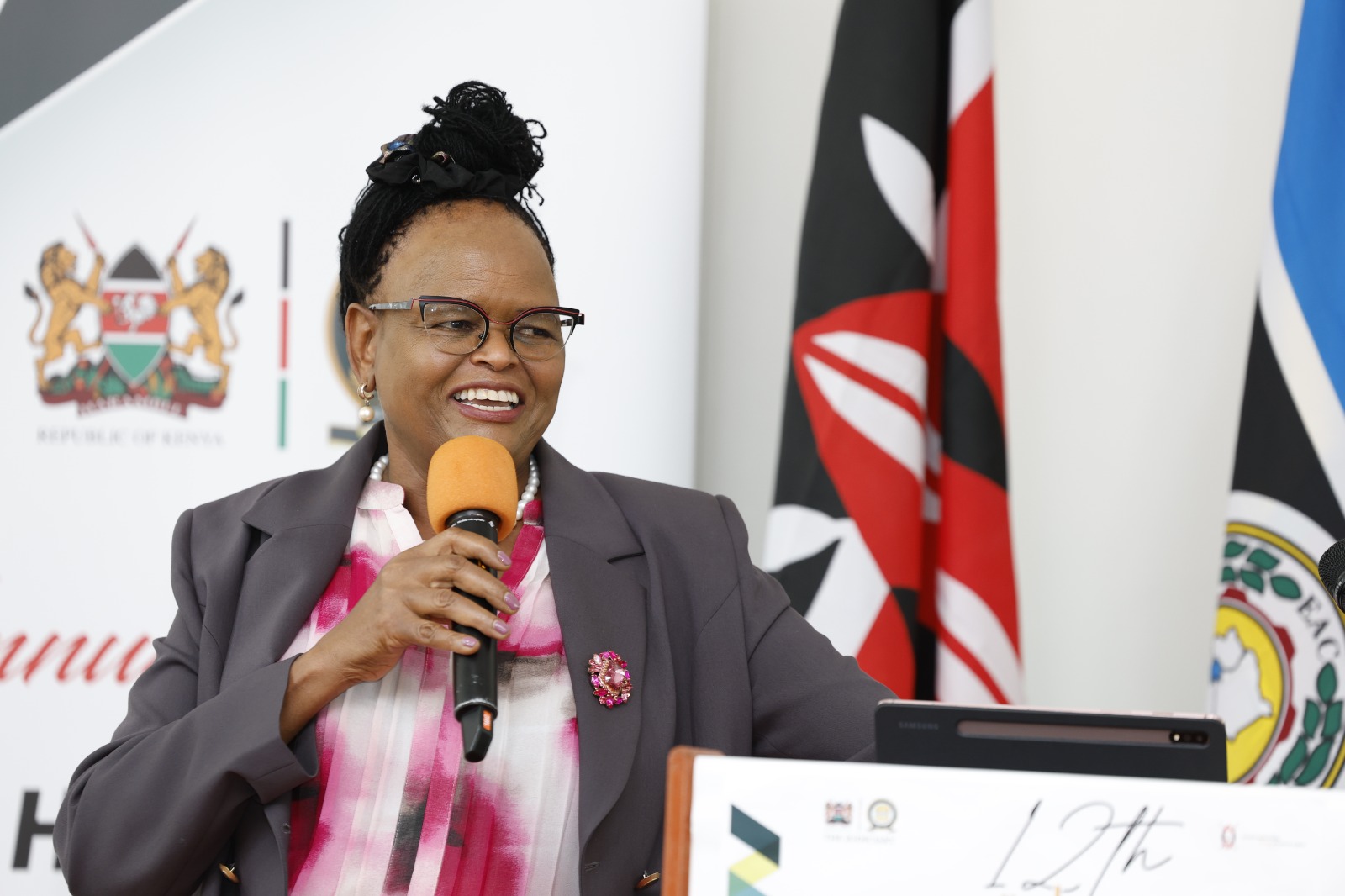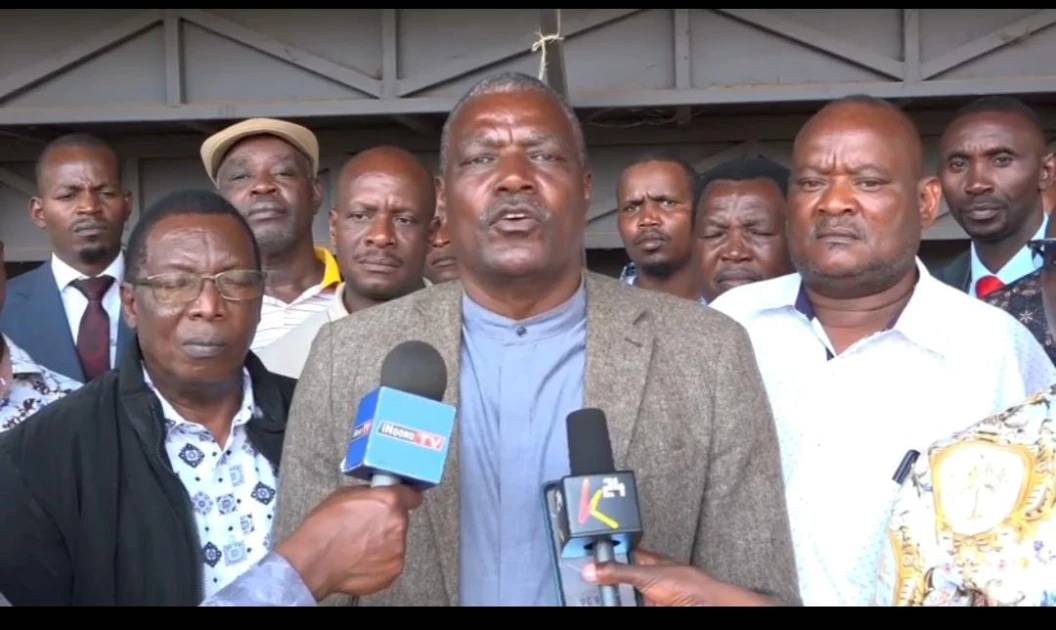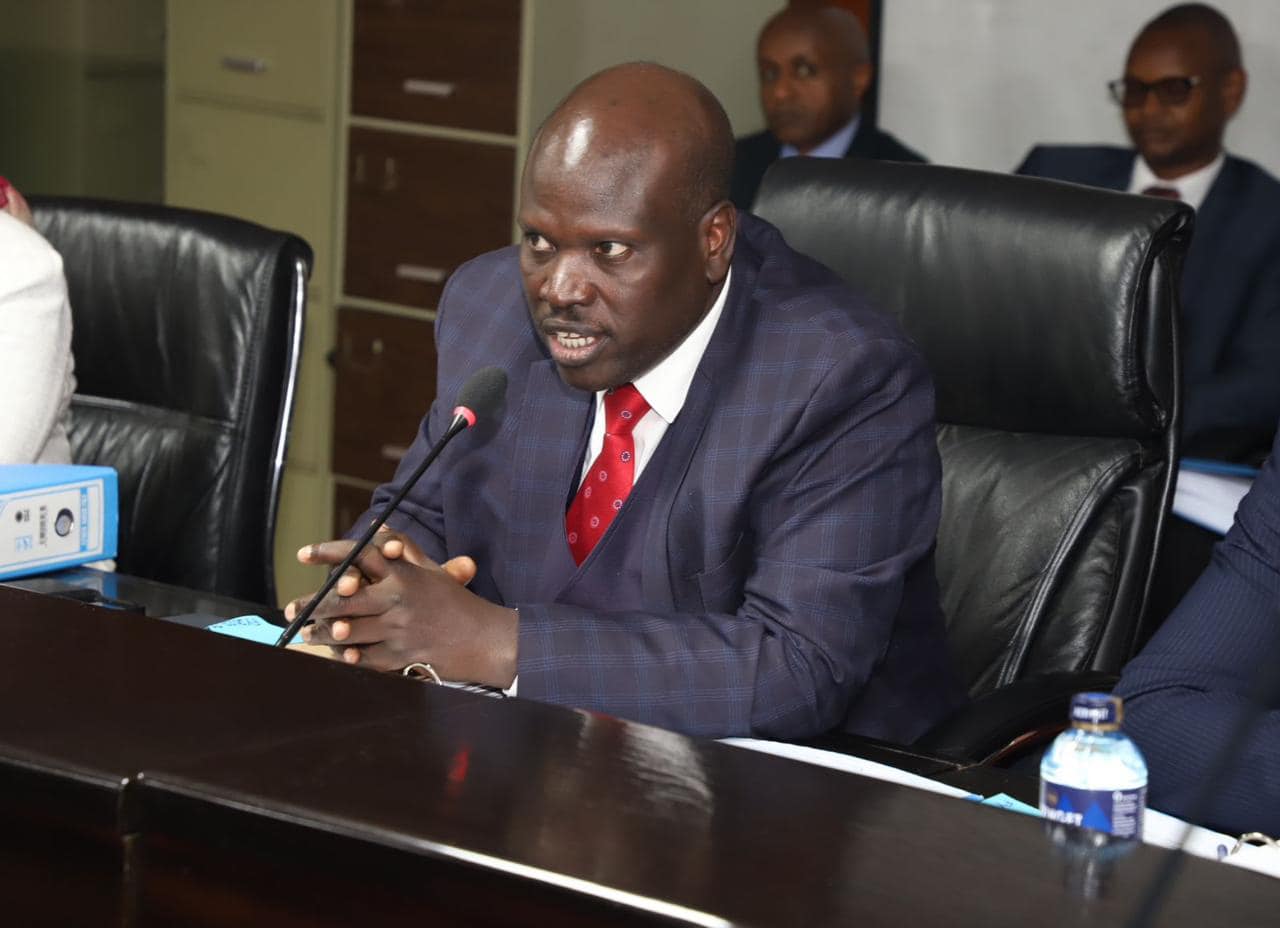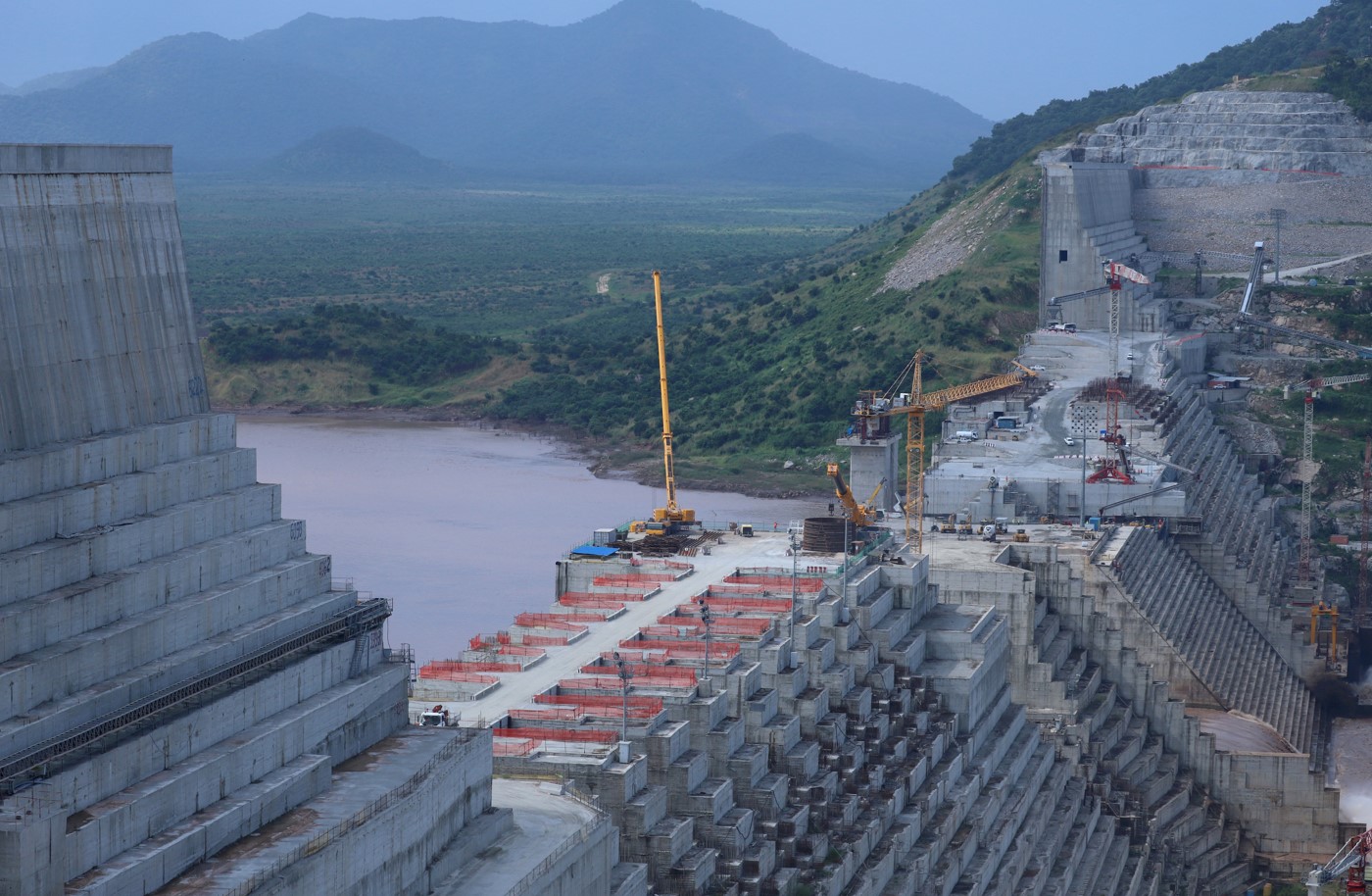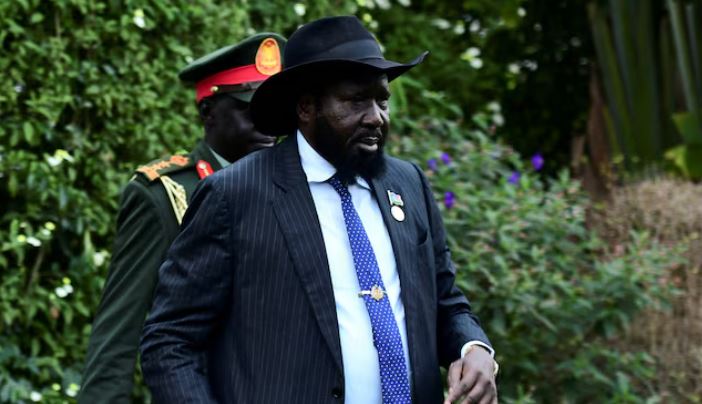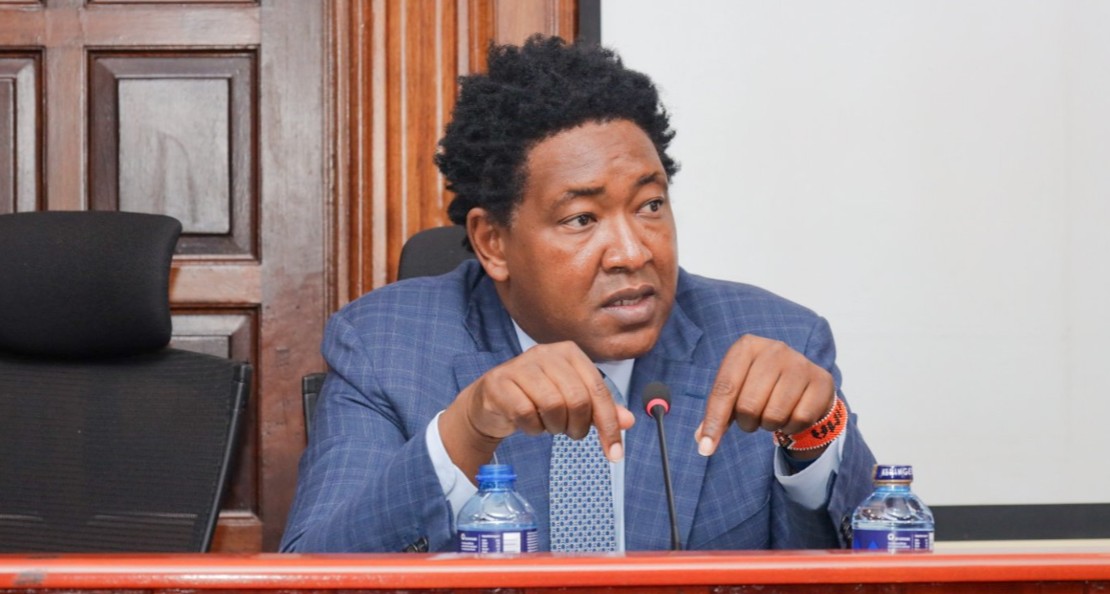Severe drought in northern Kenya leaves thousands of children facing hunger
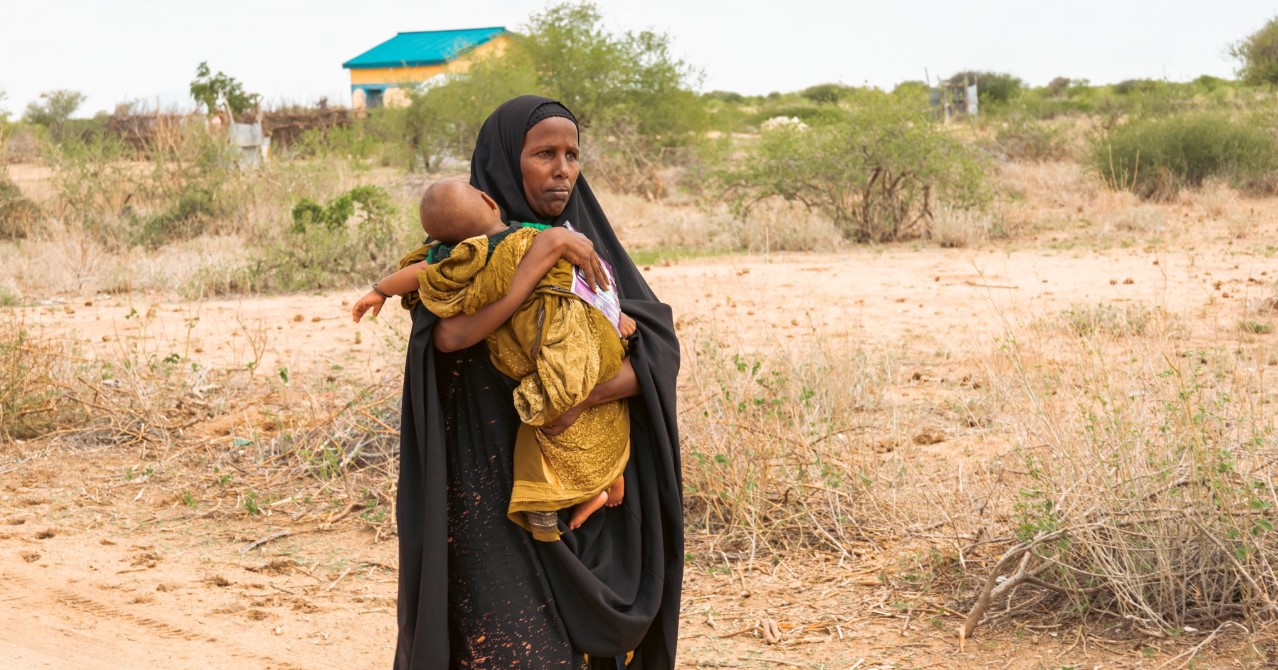
The ongoing drought has led families with children and adolescents to be constantly on the move or to go to emergency camps where they are at risk of violence or abuse.
The devastating drought gripping northern Kenya has caused severe hunger among thousands of children as water sources dry up and crops fail.
According to aid organisations, the ongoing crisis has severely affected arid and semi-arid regions, including Marsabit, Turkana, and Mandera counties — areas which are historically prone to food insecurity.
More To Read
- Nairobi chosen as African Headquarters for Global Climate Adaptation Centre
- Africa fueling global cropland growth as food demand intensifies - report
- Sexual violence against children in conflict surges by 50 per cent in five years to record high levels
- 2.6 million children at risk as school feeding budget slashed by Sh2 billion
- Audit reveals Sh52 million wasted on northern Kenya salty and dry boreholes
- Foreign aid cuts imperil millions in East Africa as hunger crisis deepens, World Vision warns
Turkana is one of the counties worst hit by drought.
This crisis has escalated to unprecedented levels, exacerbating malnutrition, school dropout rates, and migration in search of food and water.
When such a crisis hits, children, more than anyone else, are the most affected. The challenges they face include prolonged separation from their families, increased prevalence of diseases related to drought and loss of education opportunities.
The ongoing drought has led families with children and adolescents to be constantly on the move or to go to emergency camps where they are at risk of violence or abuse.
UNICEF estimates more than 900,000 children in Kenya currently require humanitarian aid as a result of the drought.
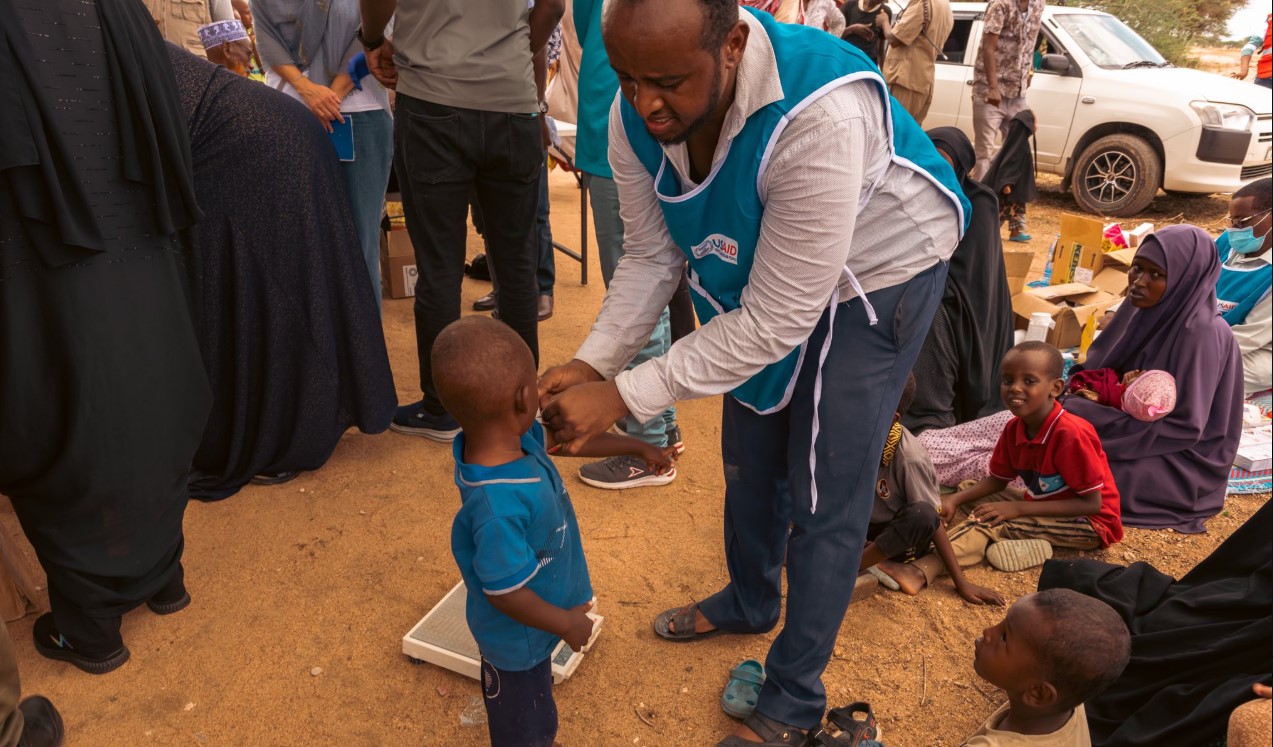 A health official attends to a child during a visit by a UNICEF team to an integrated outreach site in Samatar village, Wajir South. (Photo: UNICEF Kenya)
A health official attends to a child during a visit by a UNICEF team to an integrated outreach site in Samatar village, Wajir South. (Photo: UNICEF Kenya)
Children under the age of five are acutely malnourished and in urgent need of therapeutic food and medical care. Health centres in affected regions are overwhelmed as the number of malnutrition cases continues to rise.
In response, efforts by the Kenyan government and international partners to provide relief supplies have included food distributions, cash transfers, and water trucking, but the scale of the crisis requires a more coordinated and sustained approach.
The Ministry of Health and the Kenya Red Cross Society, with support from UNICEF and USAID, recently conducted an outreach clinic in Turkana to assess children under 5 years old for malnutrition and provide them with immunisations.
Experts emphasise the need for long-term solutions to address the recurring cycles of drought, including investment in climate-resilient agriculture, water infrastructure, and early warning systems.
Without swift intervention, the drought threatens to deepen the humanitarian crisis in northern Kenya, pushing more children and families to the brink.
Top Stories Today

